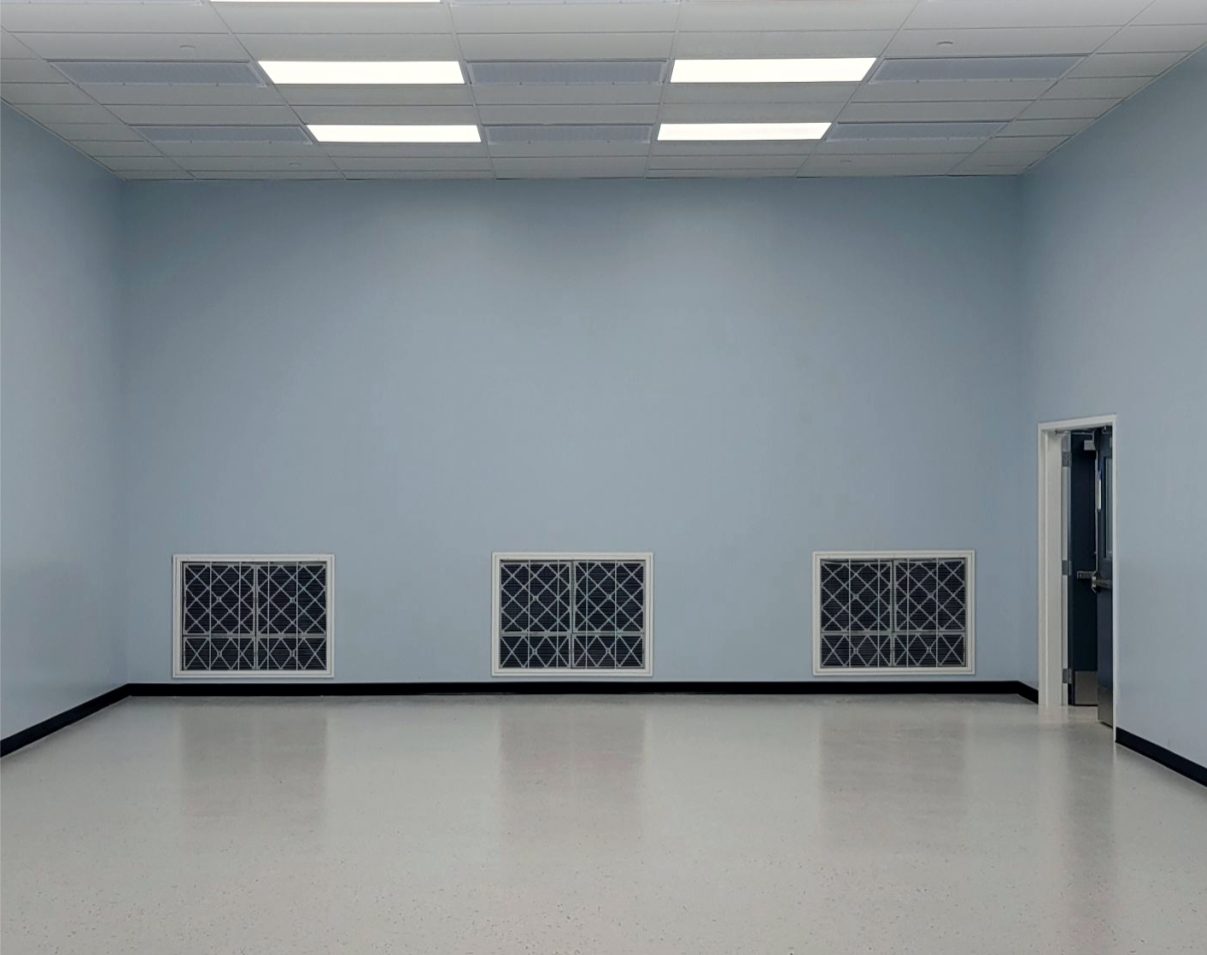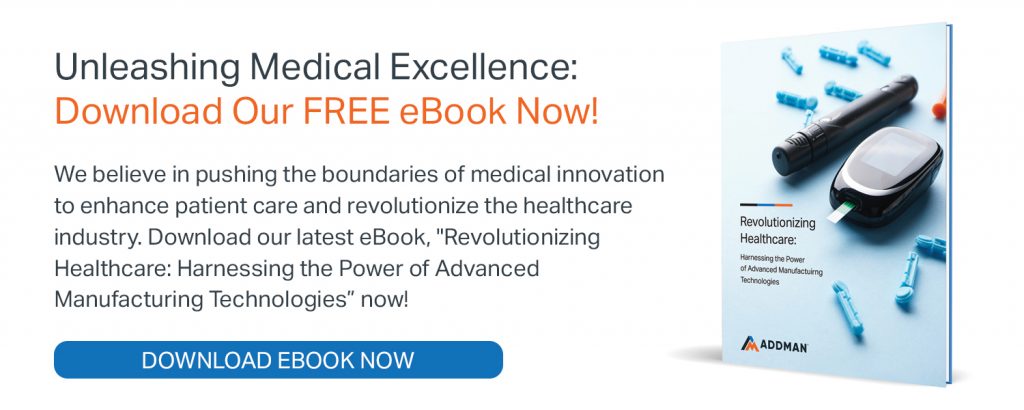Cleanrooms are indispensable environments utilized across multiple industries for manufacturing and processing purposes. These controlled spaces are designed to minimize the presence of contaminants, ensuring a clean and regulated atmosphere. In this blog, we will explore the significance of Class 8 Cleanrooms and how Harbec‘s expertise in cleanroom manufacturing provides customers with a critical advantage in quality and precision.
Class 8 Certification
Class 8 cleanrooms are classified based on the ISO standard ISO 14644-1, which sets guidelines for air cleanliness by specifying the maximum allowable concentration of airborne particles. Cleanrooms are ranked from ISO Class 1 (the cleanest) to ISO Class 9 (the least clean), with each class having defined limits for particle concentration. In the case of Class 8 cleanrooms, the maximum allowable particle concentration for particles sized 0.5 micrometers and larger is 3,520,000 particles per cubic meter of air.
Applications in Various Industries
Class 8 cleanrooms find applications in diverse industries where a controlled environment is necessary, albeit with less stringent requirements for extremely low particle counts. Let’s explore some key industries:
- Pharmaceutical and Biotechnology: Cleanrooms are crucial for maintaining the purity and safety of drugs and biotech products. These cleanrooms typically range from ISO Class 5 to ISO Class 8, emphasizing pressurization control, cross-contamination prevention, and air filtration.
- Electronics: Cleanrooms play a vital role in electronic manufacturing to prevent contamination that can lead to performance and reliability issues. The ISO classification varies depending on the specific components produced. For example, microprocessors and memory chips require ISO Class 5 or 6 cleanrooms, while consumer electronics may utilize ISO Class 7 or 8.
- Aerospace: The aerospace industry demands stringent contamination control to ensure optimal component performance and longevity. Cleanrooms in aerospace typically range from ISO Class 5 to 7, focusing on temperature and humidity control, monitoring systems, and HEPA filtration.
- Food Processing: Cleanrooms are vital in the food processing industry to prevent contamination and maintain product quality. ISO Class 7 or 8 cleanrooms are typically used, with ISO Class 7 suitable for highly perishable foods and ISO Class 8 for packaged or non-perishable foods.
- Medical: Cleanrooms are crucial for producing medical devices and ensuring patient safety. ISO Class 7 and 8 cleanrooms are commonly used in the medical industry for manufacturing catheters, surgical instruments, and implants. Also, learn about our ISO13485:2016 certification for the medical industry.
Advantages of Class 8 Cleanrooms
By adhering to the requirements of a Class 8 cleanroom, manufacturers can significantly minimize particulate contamination and maintain the quality, safety, and performance of their products. Class 8 cleanrooms offer a controlled environment that meets industry standards and regulatory requirements, instilling confidence in customers that strict cleanliness standards are upheld throughout the manufacturing process.
Harbec’s Cleanroom Manufacturing Expertise
Harbec’s Class 8 Cleanroom manufacturing capabilities provide customers with a critical advantage in quality and precision. Equipped with advanced manufacturing techniques and quality control measures, our cleanrooms ensure the integrity and purity of the manufactured products. Our decentralized cleanroom model offers efficiency, adaptability, and cost-effectiveness, featuring cutting-edge HEPA units, enclosed conveyors, and convenient pass-throughs.
Conclusion
Cleanrooms, especially Class 8 cleanrooms, play a crucial role in maintaining a controlled environment necessary for various industries. By partnering with Harbec for cleanroom manufacturing, customers can benefit from high-quality products, reduced costs, flexibility in configuration, and accelerated manufacturing time. Harbec’s expertise in decentralized cleanroom manufacturing provides notable advantages in contamination control, downtime reduction, energy efficiency, and seamless integration of molding machines.

